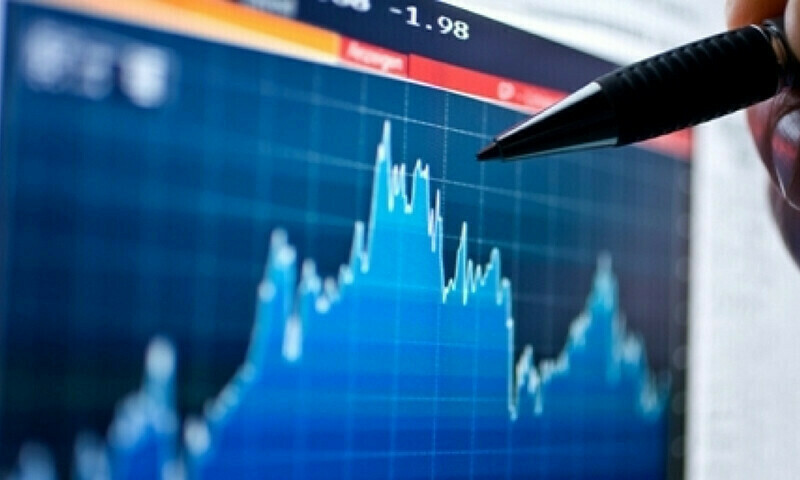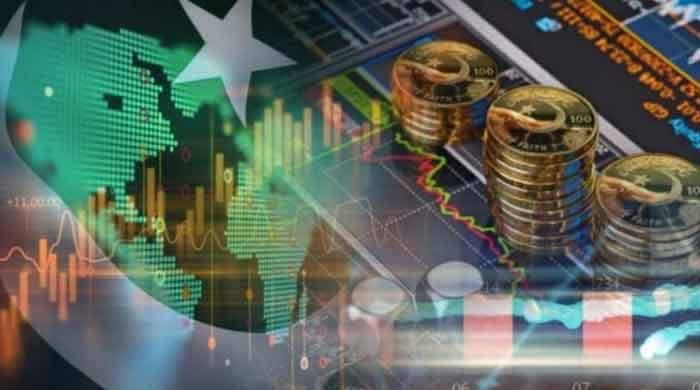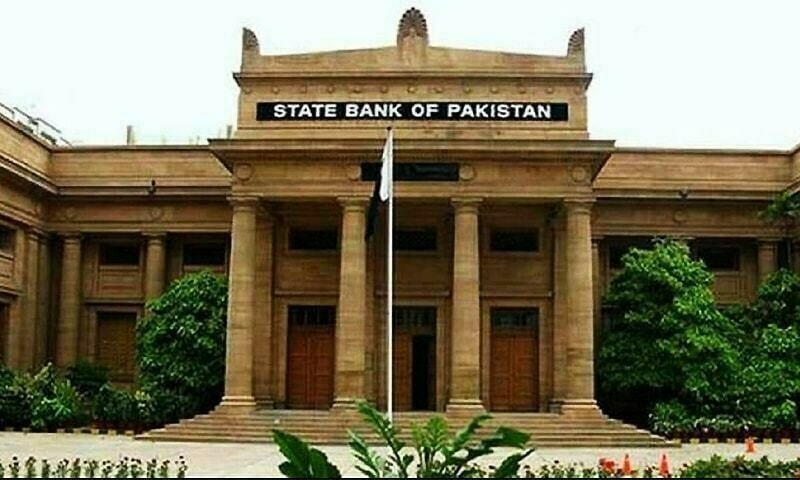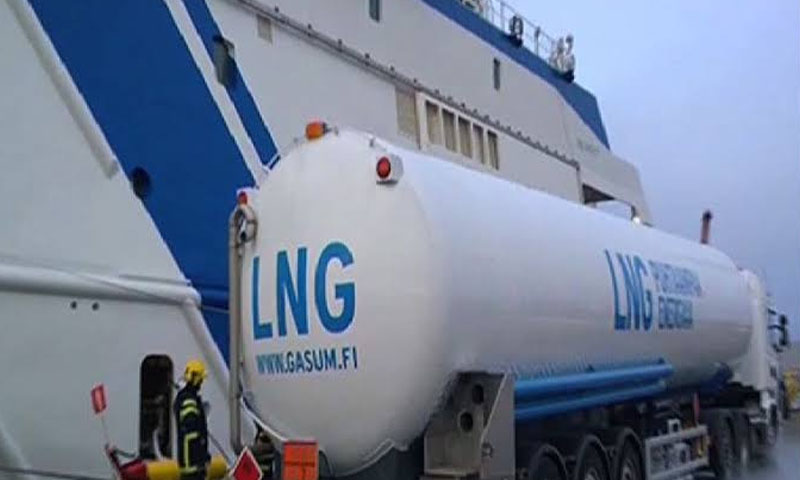TRADE & ECONOMY

Pakistan is making headlines in international financial media, with leading US publication Barron’s describing the country’s economic progress as a “macroeconomic miracle” that is now capturing the attention of global investors — even amid recent tensions with neighboring India.
The article highlights that over the past two years, Pakistan has defied expectations. Inflation, which was once hovering around 40% annually, has now plunged to near zero. Meanwhile, Pakistan’s Eurobonds maturing in 2031 have doubled in value — from 40 cents on the dollar to 80 cents. The Karachi Stock Exchange’s benchmark KSE-100 index has also tripled in value, reflecting heightened investor confidence.
Much of this optimism stems from Pakistan’s deal with the International Monetary Fund (IMF). In September, Islamabad secured a $7 billion Extended Fund Facility (EFF), with over $2 billion already disbursed.
“Pakistan is a good story,” said Genna Lozovsky, Chief Investment Officer at Sandglass Capital Management. “So good it’s not risky enough for us anymore.”
While recent skirmishes with India posed geopolitical concerns, Barron’s noted that the economic recovery appears to be holding steady. “The conflict won’t likely knock Pakistan’s recovery off course, but the country’s own shaky underpinnings might,” the publication cautioned.
Pakistan’s recent stabilisation efforts trace back to the economic crisis in 2022-23 that followed the political upheaval and removal of former Prime Minister Imran Khan. During that period, many analysts predicted a default similar to Sri Lanka's — but Pakistan avoided it.
The State Bank of Pakistan raised interest rates dramatically from 10% to 22%, driving the economy into recession but successfully bringing inflation under control. At the same time, support from key allies — including China, Saudi Arabia, and the UAE — helped restore confidence.
GDP has since rebounded to a modest 2.5%, while the current account has turned positive. According to Barings’ sovereign debt manager Khaled Sellami, Pakistan also recorded a primary fiscal surplus — a first in many years.
However, structural issues remain. Unlike India, which has transformed into a global hub for IT and pharmaceuticals, Pakistan’s exports remain concentrated in textiles and agricultural commodities. Still, signs of diversification are emerging. Pakistan’s IT outsourcing sector, previously negligible, has grown to $3 billion in annual exports — though it still trails far behind India’s $200 billion.
“Pakistan remains extremely fragile to external shocks,” said Alison Graham, CIO at Voltan Capital Management. “When there is a rally, you need to be in early.”
Despite long-standing concerns about boom-and-bust cycles, Sellami is cautiously optimistic. He stressed that external lenders have made it clear that future financial support will be contingent on fiscal responsibility.
“The government knows if they deviate from the tightrope they are walking, they won’t have external finance,” he warned.
The Pakistan Stock Exchange (PSX) reacted strongly to recent regional developments, gaining a record 9% on Monday. The market surge followed a Pakistan-India ceasefire that helped stabilize investor sentiment.
“The market has reacted jubilantly to the ceasefire announcement after Pakistan established effective deterrence against India,” said Yousuf M. Farooq, Director of Research at Chase Securities.
As the global investment community watches closely, Pakistan’s challenge remains converting this fragile momentum into long-term sustainable growth.




